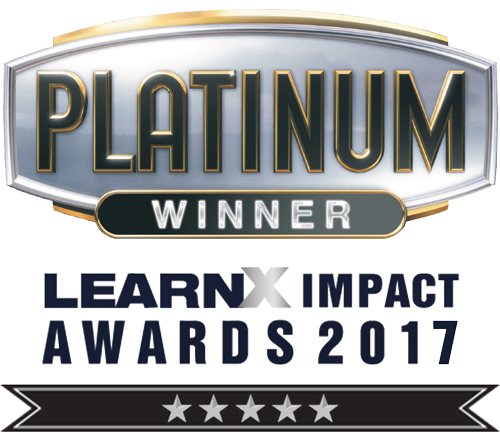As part of our work supporting VE, the Vocational Educational Design Team work closely with identified programs to develop assessment tools which are authentic and practice based for student and industry needs. They are also Canvas friendly, flexible for assessor use and meet the compliance requirements of the regulatory body. The process to produce quality assessment tools has been refined over several months and is validated by favourable feedback from external quality assurance. There is now a streamlined process requiring only minimal reviews or reworking. This is a wider RMIT effort. Assessment writers in the team work closely with schools and program managers to refine existing materials and assessments, and strong relationships with Subject Matter Experts facilitate timely review of materials. The collaborative relationship with a SME allows us to find out how the assessment can be specifically tailored to that cohort or teaching staff and what resources, or tools are available. The team will often create a narrative thread with a real-world approach that ties the assessment together, such as a practical task that has task specifications, a role play scenario and appendices i.e. filling out an incident form for a role-played injury. This approach can apply to multiple […]
Lessons Learned in Assessment Design
On the 30th January the Vocational Education Design Team’s VE Assessment Lead Haley Gunn and Assessment Writer Janet McHardy travelled to RMIT’s Bundoora campus to attend a meeting held by the Learning and Teaching Community of Practice group. Speakers Dr Jess Danaher from the School of Science and Associate Professor Sophia Xenos from the School of Health and Biomedical Sciences discussed the innovative ways that they are approaching assessment in their courses. Dr Jess Danaher spoke about allowing choice for students when it comes to assessments. This could include negotiating the modality or format of the assessment used to collect evidence of the student’s competency. Examples include a presentation; the student choosing to frame it as a pitch meeting to a brand sponsor or a how-to demonstration. Or a student creating a set of blog posts rather than undertaking a traditional literature review. Other examples include students helping to develop questions that may be included in the end of semester exam, narrowing that down to five appropriate options and drafting an appropriate answer. This approach helps to develop student problem-solving skills as well as helping them to prepare for the exam. Dr Danaher’s talk of embracing creativity in assessments and […]


